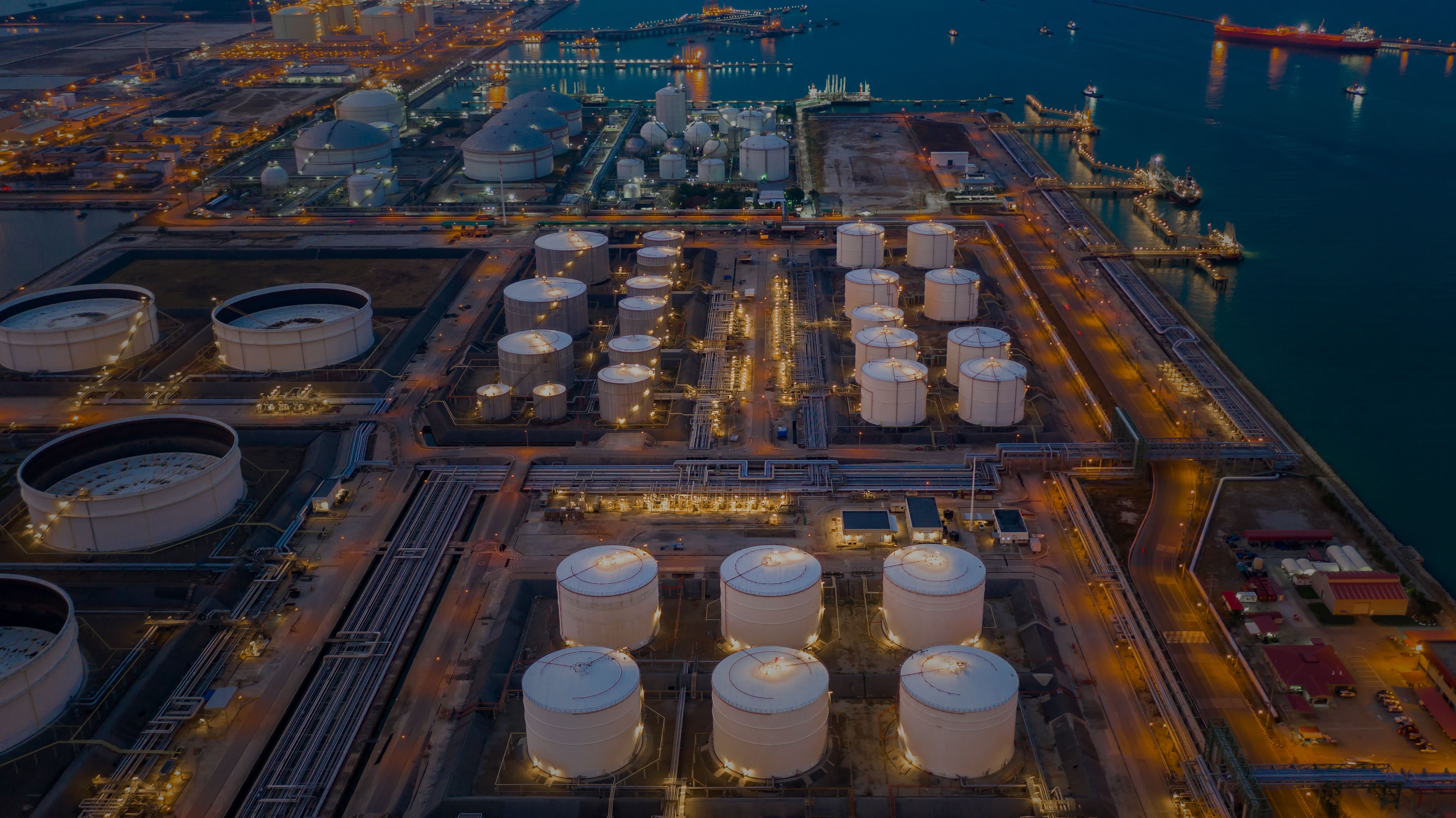Why Now Is the Time for Industrial Operators to Embrace Digital Solutions in Leak Detection
Leak detection is a pressing challenge for plant operators in process industries. But what if you were told that you can elevate your leak detection capabilities to new heights by embracing new digital approaches?

In the latest (June-July 2023) edition of Tank Storage Magazine, a compelling article titled “One Size Does Not Fit All” delves into how leak detection equipment is embracing digital transformation. It emphasizes the importance of implementing gas and liquid leak detection systems in storage tanks to mitigate potential environmental and personnel harm. However, choosing the right leak detection system depending on the unique needs of your facility is important. In this blog, we bring to you the key takeaways from the article, unlocking the capabilities of technology in empowering leak detection and exploring why now is the perfect time for plant operators to leverage its immense potential.
Consequences of Leaks
While pipelines remain the safest mode of transportation, they are not completely free from potential risks. Undetected leaks or emissions in pipelines can cause serious consequences, including harm to human safety and environmental damage if they are unnoticed for long periods. There are cost implications as well that need to be considered. Fuel is getting expensive and any wastage due to undetected leaks can cause huge financial losses.
Appropriate leak detection systems can give early warning to mitigate these risks and avoid issues completely. To minimize the consequences of leaks, pipeline operators and tank storage owners should consider implementing a system that can not only detect leaks early, locate leaks accurately and minimize false alarms but also easily fits with the operator's work processes.
In leak detection, a one size fits all approach no longer suffices. Different capabilities and technologies have emerged to address specific needs. Here are various leak detection approaches, enabling plant operators to choose the optimal solution that perfectly aligns with their specific requirements.
- Thin film carbon/polymer technology to detect liquid leak detection when a liquid hydrocarbon comes into contact with the probe by detecting the leak due to a sudden increase in resistance.
- Portable and fixed monitors for protecting personnel and the environment from risks of inflammable and toxic gases by using a molecular property spectrometer (MPS) sensor to measure changes in the thermodynamic properties of the air/gas mixture.
- Software/hardware-based solution that uses negative pressure wave (NPW) to detect the leak location and magnitude of a liquid leak.
- Gas leak detection using continuous emissions monitoring based on a fixed sensor-based network to detect and isolate fugitive gases in a timely manner.
Challenging the Status Quo: Redefining Leak Detection
Leak detection goes beyond liquid leaks. It encompasses the crucial task of detecting gas leaks, which is paramount for tank storage owners. mPACT2WO, a Molex business acknowledges the importance of detecting leaks as soon as possible before they become big and effectively repairing them in a timely manner. mPACT2WO's AirCompliance emissions monitoring solution is specifically designed to address the challenges faced by process industries. It enables industrial operators to minimize emissions from volatile organic compounds (VOC) and greenhouse gases (GHG) and enhance sustainability.
“Continuous emissions monitoring with fixed sensor network helps customers shift to event-based monitoring for timely emissions detection and corrective actions. It helps improve operational efficiencies, reduce emissions, and enhance maintenance procedures and safety,” says Krishna Uppuluri, Vice President and General Manager of mPACT2WO.
In Summary
The article published by Tank Storage magazine highlights how advancements in gas and liquid leak detection technology can empower businesses to address leak detection comprehensively and optimize their operations.
However, there is no 'one size fits all' solution when it comes to implementing a leak detection system. All industrial facilities are different in terms of workflows, processes, the rate at which they evolve, and the challenges they address, so it is crucial to identify the technological approach or solution that best meets their specific needs.
In order to thrive economically and environmentally, now is the time for pipeline operators and tank storage owners to embrace digital solutions to aid in reducing emissions, ensuring compliance, enhancing safety, and achieving optimal operational efficiencies.
To read the full article in the Tank Storage Magazine, click here.